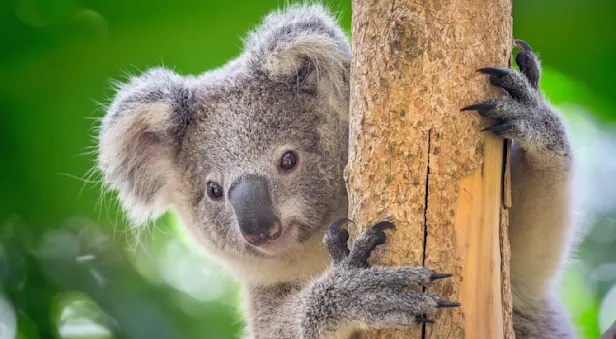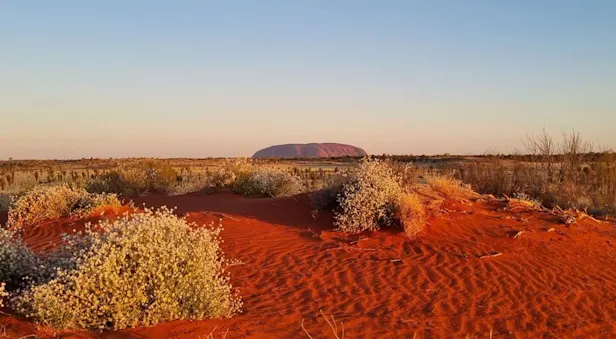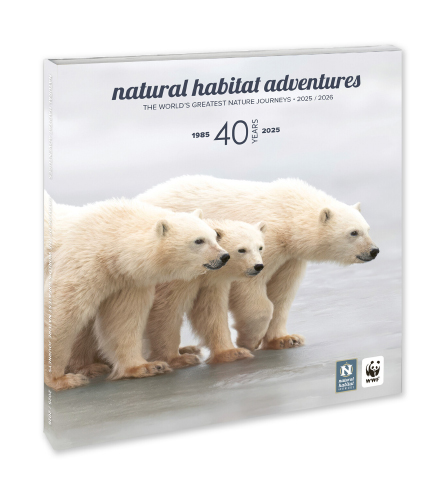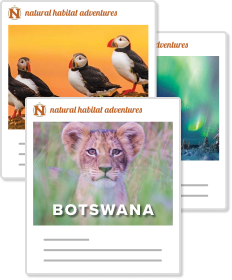Know Before You Go
Platypus Facts | Australia South Wildlife Guide
What?!? Seriously–what even is this animal? Is it a duck? A beaver? A hoax?
An Aboriginal story traces its origins to a mating between a water rat and a duck, which is not an unreasonable theory given its appearance. And these critters only get weirder and more fascinating as you look more closely.
Early taxonomists had plenty of reasons to be confused. The platypus was clearly a mammal due to its fur, but it doesn’t have nipples. Babies lick milk that oozes out of specialized skin on the mother. They have a cloaca–a combined reproductive and waste discharge opening usually associated with birds and reptiles–and the testicles of males remain inside the body throughout life. The males also have a venomous spur on one hind leg that they use in fights with other males.
More recently it has been discovered that platypus milk has powerful antibiotic properties that could open new frontiers in the fight against drug-resistant pathogens, and their venom has been found to stimulate insulin production which could make it a medicine for people living with diabetes.
Be yourself. Unless you can be a platypus. Then be a platypus.
See Platypus on These Australia Trips

Australia South: Tasmania, Kangaroo Island & the Great Ocean Road
Discover the diverse landscapes and ecology of far-south Australia as we explore four national parks and a host of private nature reserves teeming with endemic and endangered wildlife.


Australia North: Kakadu, Kimberley & the Outback
Journey to the back of beyond on this singular itinerary that connects three of Australia’s most remote tracts of untouched wilderness via private chartered flights—plus a luxury train trip on The Ghan.
























